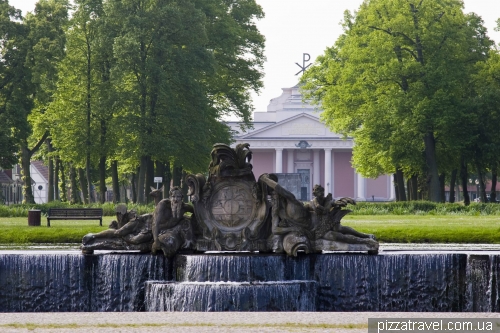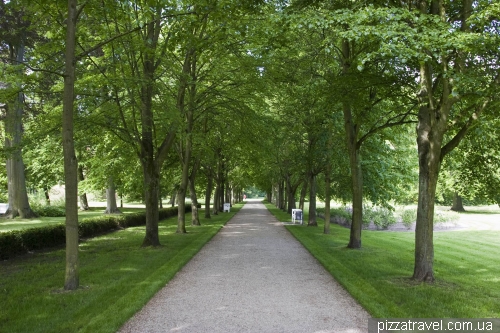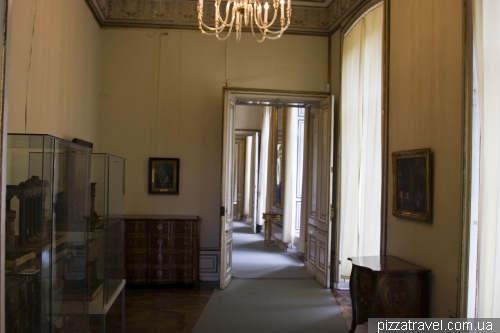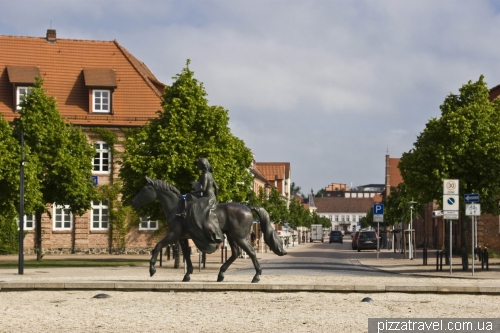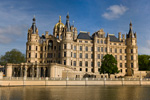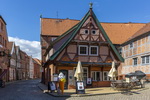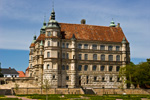City of Ludwigslust is quite young. In 1724 Prince Christian Ludwig, son of the Duke of Mecklenburg-Schwerin, decided to build on this site a hunting estate. He called this place Ludwigslust ("Happiness of Ludwig"). Since 1754 this unusual name was made official.
In 1765-1837 years Ludwigslust became the capital of the duchy of Mecklenburg-Schwerin (moved from Schwerin). City began to develop rapidly and in 1772-76 years was built a luxurious palace in the late Baroque style. Palace was surrounded by a large park. Dukes of Mecklenburg-Schwerin lived in Ludwigslust up to the overthrow of the nobility in 1918.
The palace is very photogenic, especially because of the lakes and canals around it.
The park features a large number of lakes and canals. The most impressive is a large cascade in front of the palace.
To bring the water a 28-kilometer canal was built.
The park is pretty big. Even without a visit to the palace, it will take you almost 3 hours to see all the interesting sites if you come by train.
Park is interesting first of all because of the large number of different structures. There are fountains, canals, sculpture, church and mausoleums. In one of them buried Elena Pavlovna, a Russian princess, the wife of Friedrich Ludwig, Crown Prince of Mecklenburg-Schwerin. After giving birth to two sons she died at the age of 19 years. Her husband is also buried in this mausoleum.
In the furthest corner of the park is a beautiful place with 24 fountains.
Squirrel in the park
Interesting lamp
Even before the construction of the palace, in front of it's future place of construction an Imperial Church was built in 1770.
Inside the palace looks not impressive. Right now a reconstruction is being held (2014), so you cannot see any interiors. The Palace Museum is a branch of Schwerin museum. Basically here are represented antique clocks and paintings of people associated with the palace. Among the interesting things I saw scale models of various famous structures of the world. That's unusual, I never saw that somebody from the past had such collection.
For maintenance of the palace around it grew town and appeared many interesting houses of 18-19 centuries. Many of them located on Palace Street (Schlossstrasse).
Getting there: By train, use bahn.de. Check the map near the train station, you need at least 20 minutes to reach the palace. It is best to go through the center and the Palace street (Schlossstrasse) and return back through the park.





